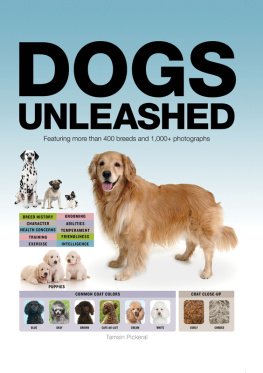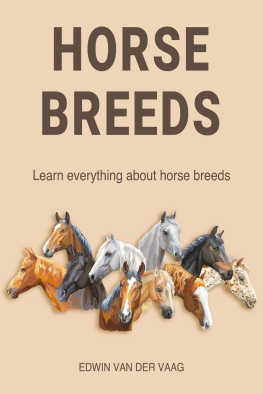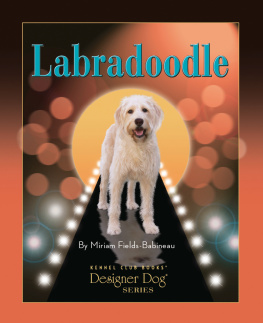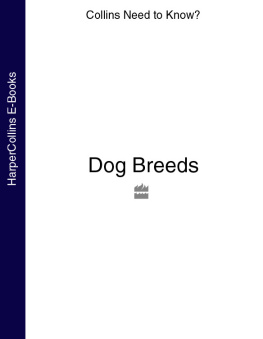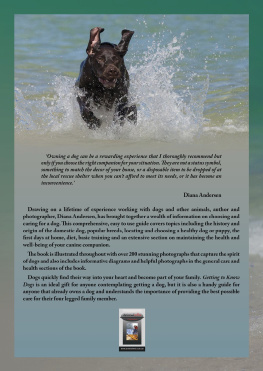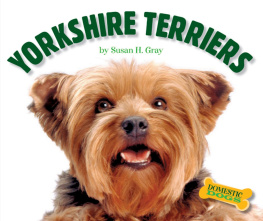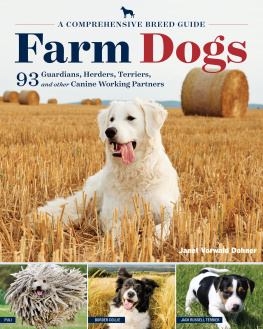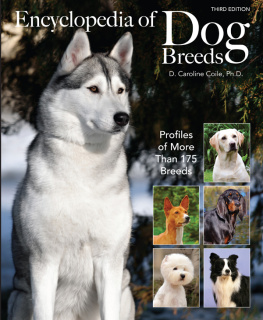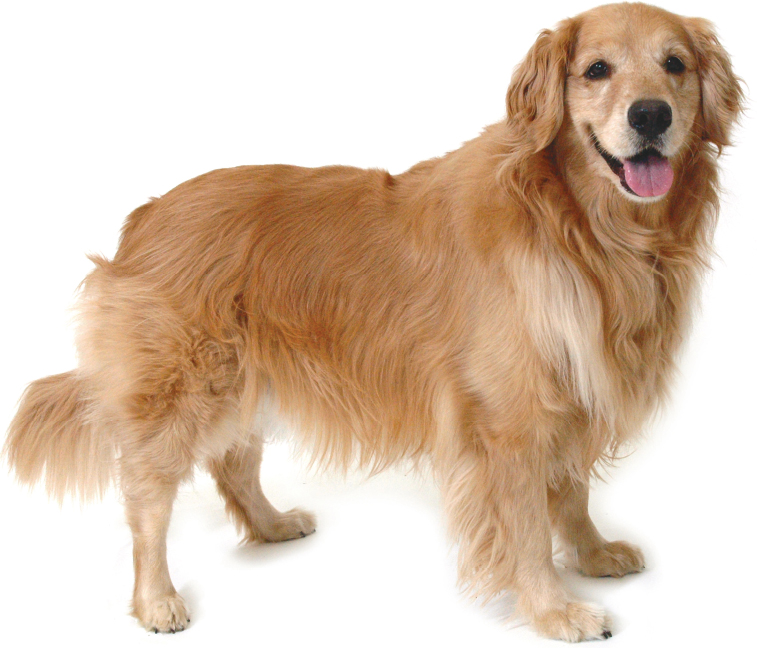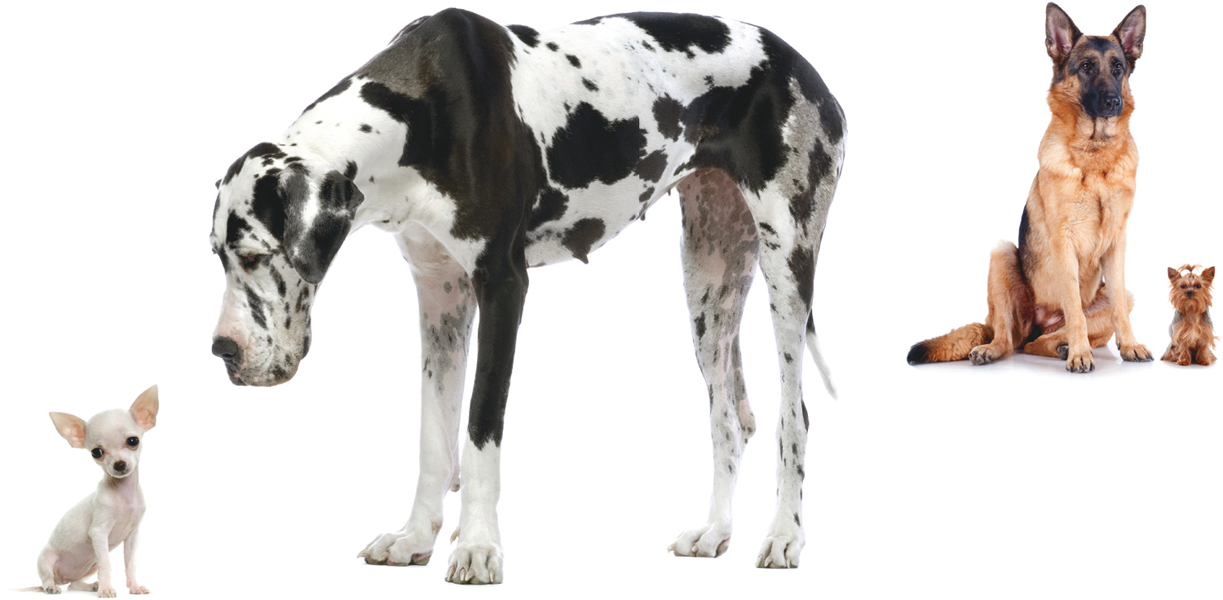Moseley Road Inc, www.moseleyroad.com Publisher: Sean Moore Editorial Director: Damien Moore Production Director: Adam Moore General Manager: Karen Prince Editorial: Lesley Malkin Design: Philippa Baile, www.oiloften.co.uk Mark Johnson Davies, www.bannau.com Kate Stretton @ KatieLoveDesign Copyright 2014, Thunder Bay Press Copyright under International, Pan American, and Universal Copyright Conventions. All rights reserved. No part of this book may be reproduced or transmitted in any form or by any means, electronic or mechanical, including photocopying, recording, or by any information storage-and-retrieval system, without written permission from the copyright holder. Brief passages (not to exceed 1,000 words) may be quoted for reviews. Thunder Bay is a registered trademark of Baker & Taylor. All rights reserved.
All notations of errors or omissions should be addressed to Thunder Bay Press, Editorial Department, at the above address. All other correspondence (author inquiries, permissions) concerning the content of this book should be addressed to Moseley Road Inc, 129 Main St, Suite B, Irvington, NY 10533, United States. Library of Congress Cataloging-in-Publication Data Dogs unleashed. pages cm E-ISBN: 978-1-6268-627-3
DOG LOVERS
There are about 400 recognized dog breeds today and a great number of new breeds in development. There is truly a dog to fit every requirement for size, color, skill, adaptation, character, and more. There are dog hotels, dog vacations, dog whisperers, dog doctorsthe list goes on.
Dogs today are a multi-billion-dollar industry. The bottom line is that (generally) people love dogs and, in return, dogs (generally) love people. They are surely the most loyal, devoted, forgiving, affectionate, and nonjudgmental companions, although they may not be the cleanest, most obedient, or quietest! Dogs Unleashed presents a selection of the best-loved, rarest, fastest, slowest, biggest, smallest, hairiest, baldest, and most beautiful breeds. The breeds are categorized into groups depending on their specific specializations or shared origins. From sleek sight hounds to agile and intelligent sporting dogs, from imposing guard dogs to super-sensitive scent hounts, from spitz breeds that endure the worlds harshest climates to terriers that are characteristically small but feisty, from affectionate and hugely popular companion dogs to fashionable designer breeds. Each group exhibits some similar physical and character traitsscent hounds, for example, have an extraordinary heightened ability to track smells.
Every breed is described in detail, and each includes photographs to illustrate key characteristics. Side panels provide at-a-glance information on important criteria such as exercise requirements and temperament. These ratings are designed to help readers understand the key traits of the breed, although it must be remembered that there are always exceptions! When dealing with dogs there are two rules that should never be broken. First, while some breeds are more suitable for families than others, no dog should ever be left unattended with small children. Second, it is essential that a puppy is always seen in its home environment with its mother before being purchased to be sure that it is being sold by a responsible breeder. There are a few hereditary health issues that are more commonly associated with specific purebred animals, including hip dysplasia, patellar luxation, and epilepsy.
The health information included here is to be a guide only, and it is recommended that all puppies, as well as their parents, are thoroughly checked by a reputable veterinary practitioner. Several breeds traditionally have cropped ears or docked tails. This is common in the United States but illegal in many other countries, including much of Europe and Australia. There is rarely a good reason to alter a dogs natural appearance (other than to occasionally clip the coats of certain breeds). Above all, Dogs Unleashed is a celebration of humanitys oldest and most faithful friend in all its delightful and astonishing diversity. 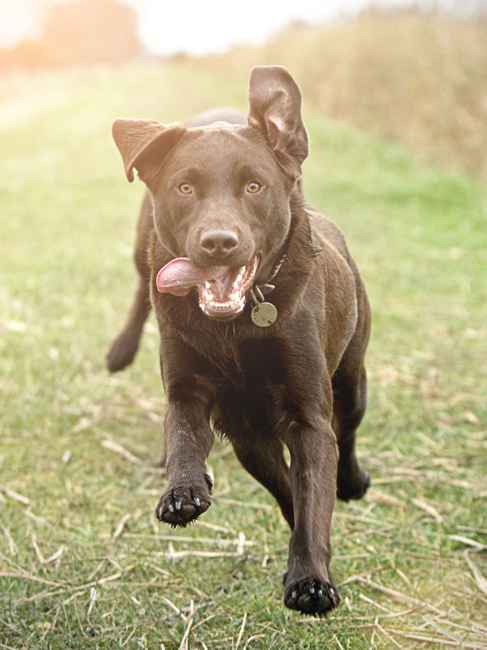
THE WOLF WITHIN
Dogs are members of the large Canidae family, which is divided into
Canini (related to wolves) and
Vulpini (related to foxes), all of which share some basic behaviors.
Wolves, jackals, and coyotes are the domestic dogs closest relatives, and they are all members of the genus Canis; they all share the same number of chromosomes and are able to interbreed. Genetic evidence indicates that our modern dogs, in all their incredible variety, trace back to the Gray Wolf, Canis lupus, although there is continuing debate over precisely how, where, when, and why domestic dogs evolved from these wild relatives. Three main areasSoutheast Asia, the Middle East, and Europeare all cited as the birthplace of the dog, each with supporting evidence. Fossil remains found in the Goyet Cave, Belgium, and dated to around 30,000 BCE are more dog-like than wolf-like, and are thought to represent an evolutionary stage between the two. Currently, the date of actual domestication is put at about 12,00013,000 BCE based on the study of mitochondrial DNA in dogs worldwide. Wolves are opportunists and are thought to have followed early tribes of hunter gatherers, staying close to their campsites and scavenging for food.
It is speculated that wolf cubs, particularly sociable wolves, or possibly even the weakest of the pack, allowed themselves to be gradually tamed and raised in the domestic environment. Over millennia, the animals jaws and teeth changed, there was a reduction in overall body size, and they modified their behavior. By 4,000 BCE, artistic, literary, and archaeological evidence from ancient cultures in the Middle East and Europe indicated that not only were dogs firmly within the domestic forum, but also exhibited clear types, such as sight hounds, mastiffs, and spitz.
ABOUT BREEDS
The oldest dog types are thought to have developed as early tribal groups migrated from central and eastern Asia, taking their dogs with them. The dogs evolved in response to their geographic environments and new functions. Although no written records exist from these early times, people probably began to breed their dogs for certain characteristics such as hunting ability, guarding ability, herding skills, and even companionship.
This gave rise to early types like the Molosser, ancestor to the mastiff breeds and famed for its use in warfare. Early hunting types developed: the slender sight hound and a heavier framed hound that hunted by scent and was probably the ancestor to modern scent hounds. Other early hunting types were the old pointers and the spaniel group, which gave rise to the setters and even the tiny lap dog, favored for companionship and vermin control. Sight hounds are one of the earliest types of dog and represent the fastest breeds in the world. They are instantly recognizable with their long legs and sleek bodies, and they hunt by sight on open terrain, usually singly or in pairs. Historically, sight hounds were considered the noblest of all dogs and belonged to royalty.

